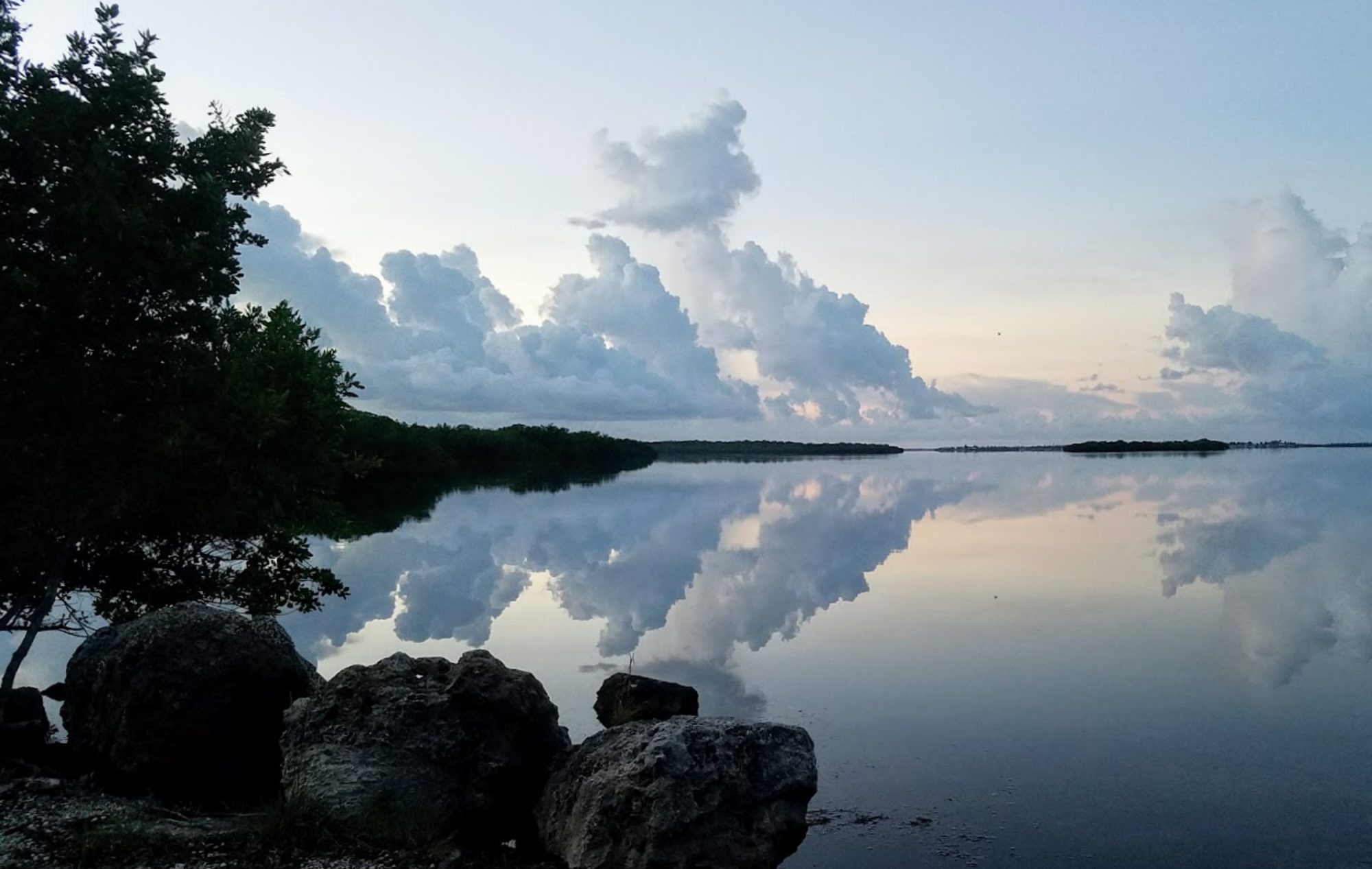The second in the Living With Wildlife lecture series presented by Volusia County Extension and UF IFAS was on Wild Hogs. This series is terrific! If you can possibly attend, you will find it a worthwhile 90 minutes of your life. Admission is $5, there are light refreshments, and the presenters are knowledgeable and entertaining. The lectures occur on the second Tuesday of the month at 7:00 pm. June’s presentation will be on panthers, July’s will be on bears, and August’s on turkey and deer.
Sus scrofa is native to Eurasia and North Africa, and was introduced to the new world by Spanish explorers in 1539. When Spaniards left an area, they left behind their hogs so that they would have something to hunt when they returned years later. The hogs, being intelligent, adaptable, and sexually mature at 7 months, reproduced and extended their range. Now, these invasive hogs have populations in at least 45 states and Canada. In Florida, they can be found in every county.
You really have to admire them. They are super smart, super cute as babies, and super efficient ground moving machines as adults. This doesn’t mean that they are beneficial, however, and I must admit to having mixed feelings about our wild hog population. It is fun to see them when we are driving on country roads, and I will drop everything to watch a momma hog with her piglets, but seeing the destruction they can create is not pleasant. By the way, please, please, please CLICK THAT LINK above! It’s a fascinating article that will open in a new window so you can come right back to finish reading this.
They are popular as a game animal, which has played an important role in their expansion. Some of these hogs have escaped from “game-proof” hunting preserves and others have been illegally transported to new locations, often by hog hunters who wish to establish local herds of wild hogs for hunting. Wild hogs are the second most popular large game animal behind deer. Hunting them on private property is not regulated – and this really means it’s NOT REGULATED. You may take any hog at any time of year using any method other than poisoning. However, because of the risk of spreading disease, you must be a registered swine dealer to trap or move wild hogs, and they can only be moved to a recognized slaughterhouse, a Fish & Wildlife approved game reserve, or a Florida Department of Agriculture and Consumer Services approved holding facility.
Highly adaptable, wild hogs can tolerate different climates, ranging from the deserts of Mexico to the subzero temperatures of Canada. However, hogs do not sweat, so they prefer wetlands where they can wallow in creeks, lakes, or ponds. They are omnivores, eating mostly plants and invertebrates. However, if the opportunity arises, hogs will eat eggs and young ground-nesting birds or reptiles, small mammals, and even the young of larger mammals. Adults weigh between 75 and 150 pounds.
Reaching sexual maturity at about 7 months of age, and having average litters of six piglets, and with the potential for two litters a year, wild hogs reproduce rapidly. They are vulnerable to predation until they reach about 40 pounds, and then they have few predators. Most wild pig mortality can be traced to humans: hunting, trapping, and automobile collisions.
If you’ve ever seen a sow with her piglets, you’ll know that those babies are mighty cute, but you’ve probably also observed how destructive adult rooting, wallowing and rubbing behaviors are. It’s estimated that the cost of their damage to agriculture, native wildlife, and the environment is $1.5 billion annually. They carry at least 45 different parasites and diseases that can pose a threat to livestock, pets, wildlife, and humans. They can be aggressive and dangerous if they feel threatened, and their tusks can cause severe injuries.
While these animals can be very destructive, there is disturbing footage of dogs and spears being used to hunt hogs (if you’re into that sort of thing, you can easily find it but I’m not providing a link). Hogs are intelligent animals, and don’t deserve the barbarism of these hunting methods. Florida does not allow dogs to fight other dogs, so I am not sure why we allow dogs to fight pigs. A clean and quick kill is preferable, in my mind, to the drawn out death of being ripped to death.
Last year I observed a momma hog with her piglets, rooting in a wet area. Those piglets were absolutely adorable. I seriously considered trying to catch one and bring it home (Steve is beyond relieved that I came to my senses). The next day, I returned to the same spot and was floored by how torn up it was. At this point, even I was glad I had not caught a hog.
Got a nuisance pig? On private property, you can use acorns or corn to bait it. You can kill it, or hire someone to kill it. If you intend to trap the hog, use a sturdy pen with a trap door, and make sure you hire someone qualified to remove it. It may not be moved to public property and may not be put onto private property without the landowner’s permission. For more information, see Feral Swine Dealer Identification Card Program, Department of Agriculture and Consumer Services.
So, these animals are non-native, invasive, and their intelligence and adaptability has combined with their reproductive capacity to make them a real problem for some landowners. They are so problematic that the state does not regulate hunting them other than to prohibit poisoning them. I don’t know why I have such a soft spot in my heart for them, but I do…and yet…I’m glad they’re not tearing up MY property!

